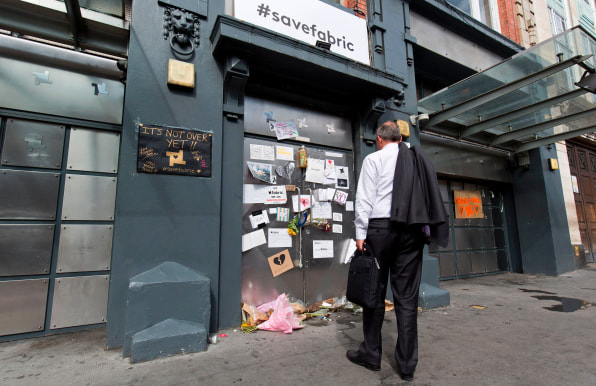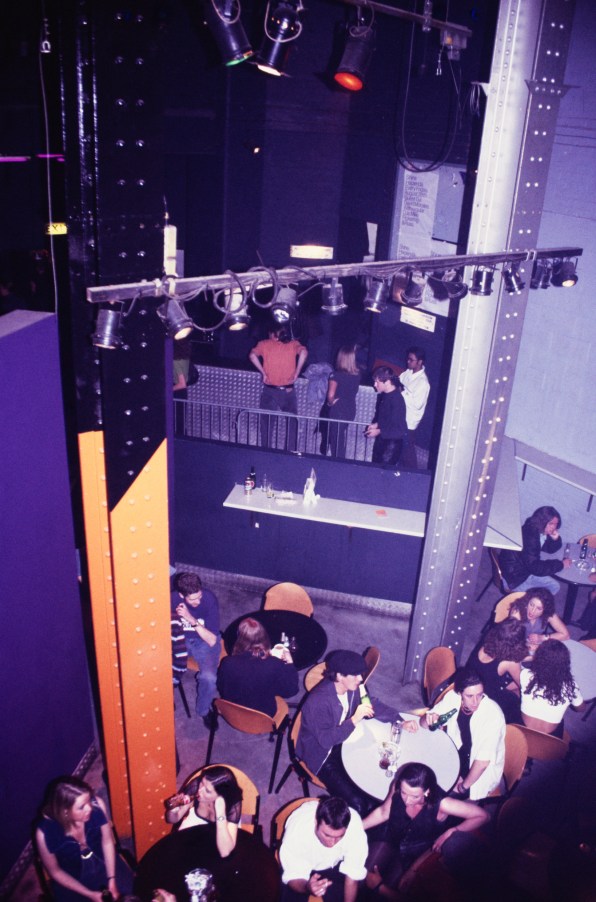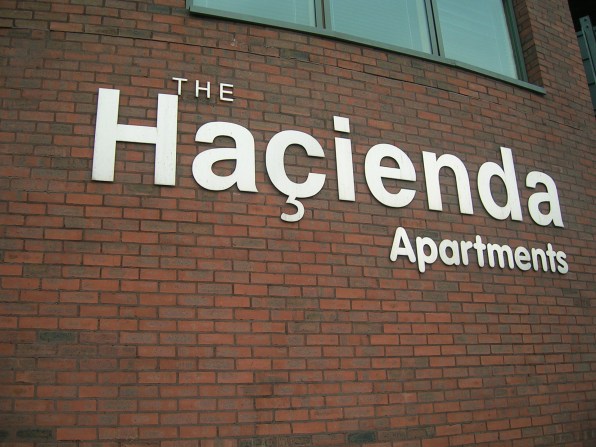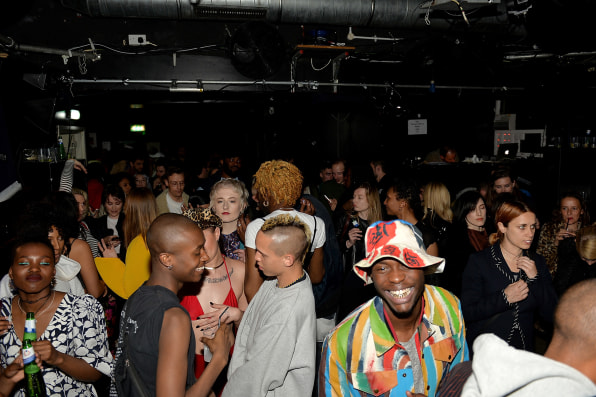- | 10:00 am
The underappreciated brilliance of nightclub design
U.K. nightclubs were often years ahead of their time—but their success often fueled their demise.

The march of gentrification through British cities has brought with it a steady sterilization of urban spaces. Among the casualties have been nightclubs, with the U.K. losing more than half its nightclubs between 2005 and 2016, including popular and respected venues, such as Passing Clouds in London and the Arches in Glasgow. While London’s famous Fabric closed and has since reopened, others have not been so lucky.

Nightclubs, live music venues, and artists’ studios are being sacrificed on the altar of a lucrative property market. It is ironic that the popularity of such spaces often heralds their own gentrification-fueled demise, as the cultural capital they add to frequently deprived parts of cities paves the way for a steady upward trend in the area’s property values.This was the ultimate fate of the Haçienda, the legendary Manchester nightclub that opened in an unloved part of central Manchester in 1982. Playing host to many underground and mainstream musical acts selected by Factory Records label boss Tony Wilson, the Haçienda was synonymous with the growth of the city’s acid house and “Madchester” music scenes. But the club was not just important for its musical contribution, but for its interior design, too.

Created by British interior designer Ben Kelly, the former yacht showroom was an exercise in postmodernism: an industrial theater set, in which everyone was on stage and performing amid industrial ready-mades that included bollards, road cat’s eyes, and black-and-yellow-striped girders. The “industrial” aesthetic that became commonplace began at the Haçienda.

The Haçienda closed its doors in 1997, and by 2007 the site had been purchased, demolished, and rebuilt as luxury flats. Notably, the developers used both the club’s name and its iconic black and yellow stripes as part of its branding. That the developers chose the tagline, “Now the party’s over . . . you can come home” in their sales literature only added to the outrage at the corporate appropriation of this once-important cultural site.
DESIGNING NIGHTTIME SPACES
As a design historian, I’m interested in what is also lost as clubs close. The British architect Nigel Coates is one of those to have recognized the creative importance of clubs. As he wrote in AA Files in 1981:
Invariably hidden beneath ordinary city buildings, these clubs take on the project of the night by burying themselves. Underground, they are free to promote what rarely could
happen in the streets, to give a contrived reality to what would otherwise be unlikely, taboo, or at best, occasional.
In 1990, Coates transformed a former textiles factory in Istanbul into Taksim Park nightclub, another example of the club’s entry into the city through its derelict spaces. He belongs to an international roster of architects to have designed nightclubs, alongside the likes of Arata Isozaki, Joseph Rykwert, FAT, and the Italian radicals, such as Superstudio and the lesser-known Gruppo 9999.
In 1969, Gruppo 9999 opened Space Electronic, a nightclub on the site of a former engine-repair shop. The type of subterranean, sealed-off site that Coates advocates, Space Electronic characterized other architectural and design traits of nightclubs in that it was in effect a blank canvas: a black-walled container that came to life when its lights, projectors, and speakers were switched on each night.
Its movable furnishings made for a multifunctional and participatory space, the dance floor used for everything from theatre performances to experimental architecture classes—even a vegetable garden. Like all nightclubs, Space Electronic was different every night, its design a means to generate experiences codesigned by those who frequented it.
This aspect of architectural creativity has been largely marginalized in architecture and design history, limiting our understanding of the creative significance of nightclubs for both their creators and those that experience them every weekend. The Haçienda established Kelly’s reputation as a designer and fed into his subsequent work, as can be seen in his yellow-and-black-striped industrialist design for the Gymbox chain.
CLUBS’ CULTURAL CROSS-POLLINATION
The Blitz club in Soho, frequented during its heyday in the 1980s by fashion students from London’s art schools and the likes of Boy George and Spandau Ballet, provided a platform for fashion experimentation that fed into mainstream dress culture. Today, venues, such as the Bussey Building and Corsica Studios in South London, exemplify how clubs have been incorporated into multipurpose venues that are able to showcase multidisciplinary creative activities of all kinds.

Whatever guise they take, nightclubs offer places to experiment with new music, technology, and identity, to experiment with design and architectural innovation. Clubs are the proving grounds for the creativity that the U.K.’s cultural economy is so reliant on. Fortunately, there are signs that the importance of clubs is being recognized, from the establishment of the Night Time Industries Association and the Nightlife Matters campaign to the appointment of London’s first Night Czar. Such support is important—beyond their creative value, clubs offer escapism and freedom, qualities we need to fight to protect today.
Catharine Rossi is an associate professor in design history at Kingston University. This article is republished from The Conversation under a Creative Commons license. Read the original article.








































